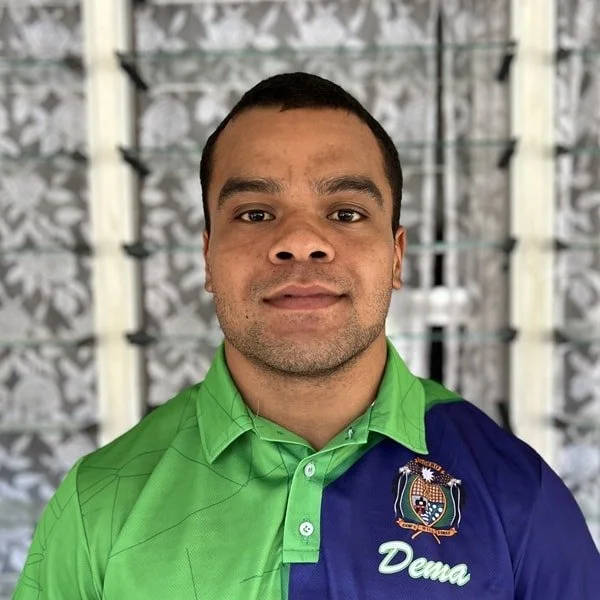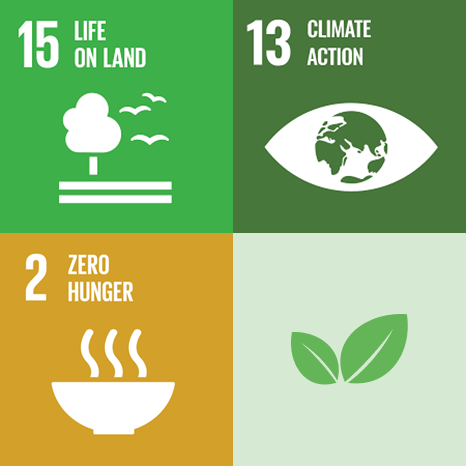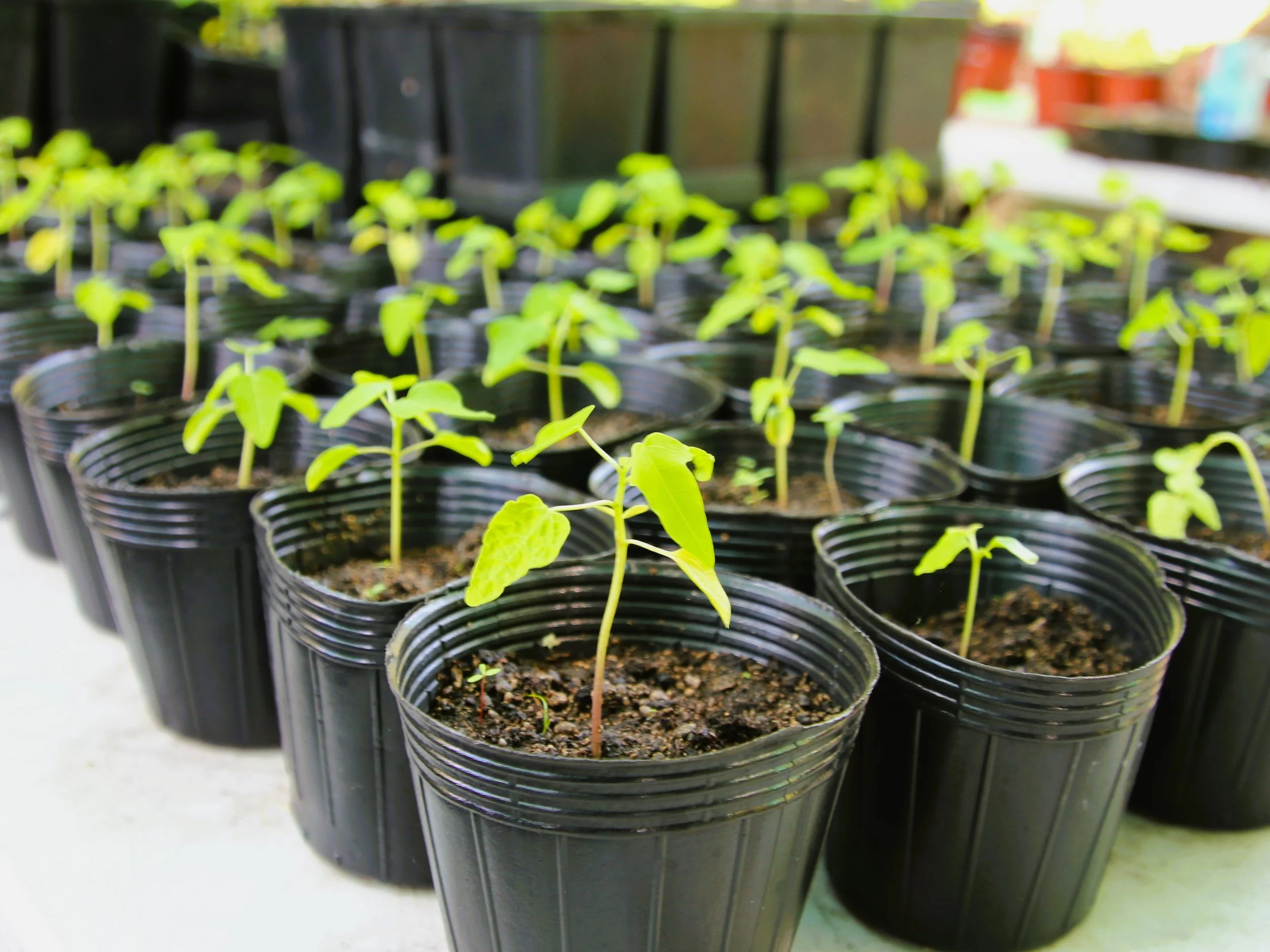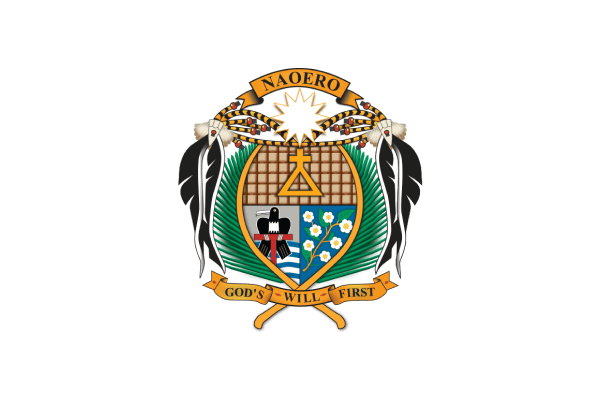
Guiding our people to create a more sustainable Nauru
Since 1907, over 80% of our island’s surface has been strip-mined for phosphate
Today, the consequences of mining are threatening the well-being and economic development of our nation. Our mission is to promote the use of sustainable land management practices, to create a healthier and more resilient ecosystem for future generations.
What we believe
Our belief is that restoring land and managing biodiversity in Nauru can provide essential services often overlooked in economic decisions.
We know that landowners, businesses, government and our community in general can benefit economically from sustainable land management and biodiversity conservation, both directly and indirectly with the potential for tourism revenue, and we want to make it as easy as possible.
Based on extensive research, Nauru Restoration Generation states that restoring the Topside is the only solution. Following the idea of Land Degradation Neutrality, our project serves as a guide for restoring the Topside and preventing further damage to the Bottomside.
What we’re doing
Nauru Restoration Generation is working to bring positive change. Our main goal is clear - to promote Sustainable Land Management and protect biodiversity. We aim to create an environment that supports progress and implement successful projects that can be expanded.
We are actively involved in creating a plan for how the land should be used, involving local communities and breaking down barriers between different sectors. Our project introduces practical solutions that consider economic, social, ecological, and technical factors.
We are working towards a future where Nauru flourishes sustainably, leaving a positive impact for generations to come.
Expected project outcomes
Improved governance for sustainable land management and biodiversity conservation
Biodiversity in remnant forests conserved and ecosystem services enhanced through the creation of a terrestrial protected area, ecosystem restoration, and targeted habitat and species conservation measures
Degraded arable and mined land are rehabilitated to reach land degradation neutrality
Communication and knowledge management for dissemination and scaling up of sustainable land management approaches and ecosystem services
Project sites
The project landscape stretches over four of Nauru’s twelve districts: Anabar, Ijuw, Anibare and Buada District. Ijuw, Anibare and Anabar are a conglomeration of several shorefront settlements connected by the major coastal roadway that is the main transportation artery on the island. Buada District is in the interior of the island and is Nauru’s only inland village.
The Project’s area-based interventions cluster around three categories:
declaration and management of key biodiversity assets in a new Protected Area in Anibare Bay,
improved management for biodiversity benefits of landscapes covered with secondary and degraded primary forests
restoration and rehabilitation of degraded sites primarily for sustainable agricultural production.
Project governance
Global Environmental Facility (GEF)
Donor
United Nations Environment Programme (UNEP)
Implementing Agency
Department of Environmental Management and Agriculture (DEMA)
Executing Agency
Co-financing partners
Department of Land Management and Survey (DLMS)
Nauru Rehabilitation Corporation (NRC)
Republic of Nauru Phosphate Corporation (RonPhos)
Digicel Nauru
Project management unit
-

Ceetra Blessing
National Project Manager
-

Roysn Harris
Administrative Officer
-

O'dea Temaki
Local Technical Support Officer
Committees
Project steering committee
The Project Steering Committee (PSC) is the main strategic decision-making and coordinating body of the Project. They meet bi-annually.
The PSC takes policy-level decisions on project implementation, such as recommendations to UNEP on necessary strategic adaptations of the Project, and senior management decisions, including the approval of Annual Work Plans and Budgets and the approval of major project deliverables.
The PSC also provides strategic guidance, review the progress of project implementation, facilitate strategic coordination between stakeholders, and ensure the delivery of co-financing
Technical advisory committee
The TAC is responsible for reviewing and providing recommendations to the Project Management Unit on all technical methodological processes developed and followed the Project, and on technical aspects of implementing activities.
Additionally, the TAC is responsible for reviewing the technical quality of implemented activities.
This committee meets quarterly.
Nauru integrated land-use planning committee
A cross-sectoral advisory committee with representatives of all government departments mandated to oversee land-based production sectors, as well as non-government stakeholders including representatives of landowners, NGOs, the private sector, and of vulnerable groups, including women
This committee is mandated to prepare the Nauru Integrated Land Use Plan, coordinate its implementation, monitor progress, and coordinate the enforcement of its provisions.

The future of Nauru is in our hands.






